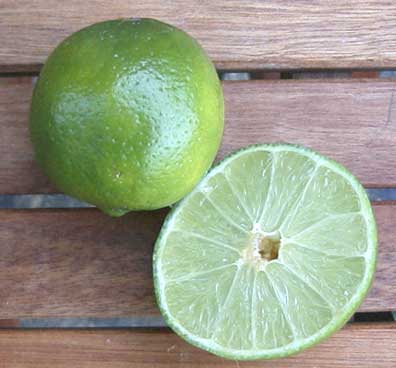
Folate, or folic acid, is an essential nutrient for human beings and other vertebrates (animals with backbones). Folate takes part in the synthesis of DNA, the metabolism of proteins, and the subsequent synthesis of amino acids used to produce new body cells and tissues. Folate is vital for normal growth and wound healing. An adequate supply of the vitamin is essential for pregnant women to enable them to create new maternal tissue as well as fetal tissue. In addition, an adequate supply of folate dramatically reduces the risk of spinal cord birth defects. Beans, dark green leafy vegetables, liver, yeast, and various fruits are excellent food sources of folate, and all multivitamin supplements must now provide 400 mcg of folate per dose.








